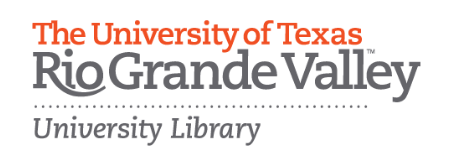What are Open Educational Resources?
Defining OER
The nonprofit organization Creative Commons provides the following definition of open educational resources (OER):
“Open Educational Resources (OER) are teaching, learning, and research materials that are either (a) in the public domain or (b) licensed in a manner that provides everyone with free and perpetual permission to engage in the 5R activities.”
In Texas, Senate Bill 810 (SB 810), which was signed into law in June 2017, further defines OER as follows:
“‘Open educational resource’ means a teaching, learning, or research resource that is in the public domain or has been released under an intellectual property license that permits the free use, adaptation, and redistribution of the resource by any person. The term may include full course curricula, course materials, modules, textbooks, media, assessments, software, and any other tools, materials, or techniques, whether digital or otherwise, used to support access to knowledge.”
The key distinguishing factor of this type of educational resource is the copyright status of the material. If course content is under a traditional, all-rights-reserved copyright, then it’s not an OER. If it resides in the public domain or has been licensed for adaptation and distribution, then it is an OER.
The 5 Rs of OER
You viewed above the introductory video where the presenters discussed how the 5Rs are critical in defining and distinguishing open educational resources from other types of learning materials. These 5R permissions are what make OER different from material which is copyrighted under traditional, all-rights-reserved copyright. Another way to frame this is that the “open” in open educational resources doesn’t simply equate to being free; in fact, it more accurately can be described as:
open = free + permissions (the 5Rs)
The 5Rs are a useful way to appreciate the value of OER. These permissions help you, the user of openly licensed content, understand what you are allowed to do with the work. These permissions are granted in advance – so you don’t have to request them – and are legally established through Public Domain or Creative Commons license:
- Revise – the right to adapt, adjust, modify, or alter the content itself (e.g., translate the content into another language)
- Remix – the right to combine the original or revised content with other material to create something new (e.g., incorporate the content into a mashup)
- Reuse – the right to use the content in a wide range of ways (e.g., in a class, in a study group, on a website, in a video)
- Retain – the right to make, own, and control copies of the content (e.g., download, duplicate, store, and manage)
- Redistribute – the right to share copies of the original content, your revisions, or your remixes with others (e.g., give a copy of the content to a friend)

Open Licensing
Going back to our definition, we need to remember that OER reside in the public domain or have been released under an intellectual property license permitting their free use and repurposing by others.
The most commonly used intellectual property license for OER that permits free use and re-purposing is called Creative Commons Licensing. Creative Commons licenses work with legal definitions of copyright to automatically provide usage rights pertaining to that work.
As you progress along your learning journey, Unit 3 and Unit 7 will provide you with the opportunity to fully explore Creative Commons licensing and to learn how to apply the appropriate licenses to the OER you and your learners create and use.

